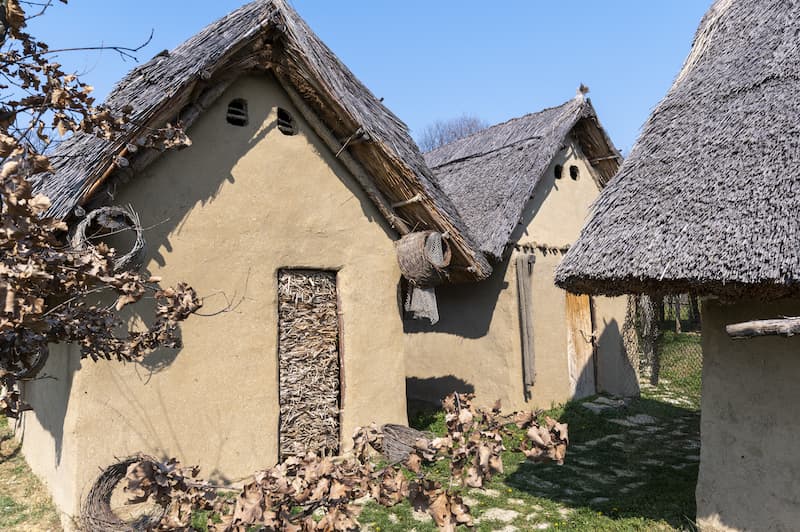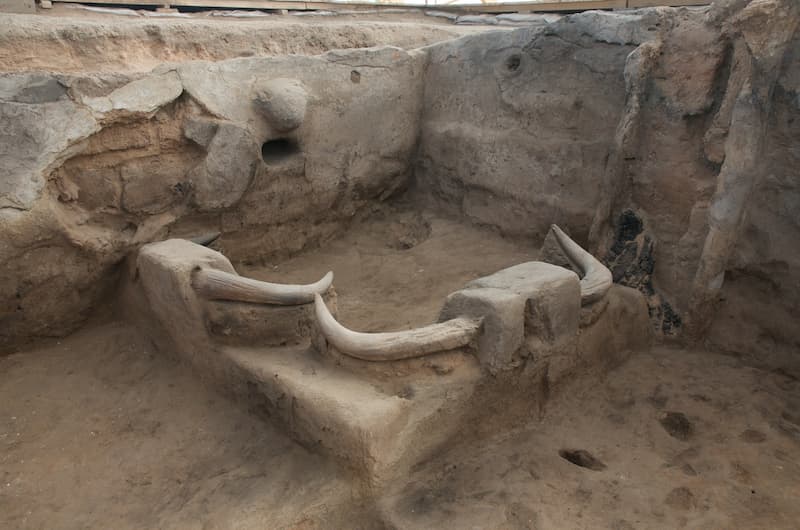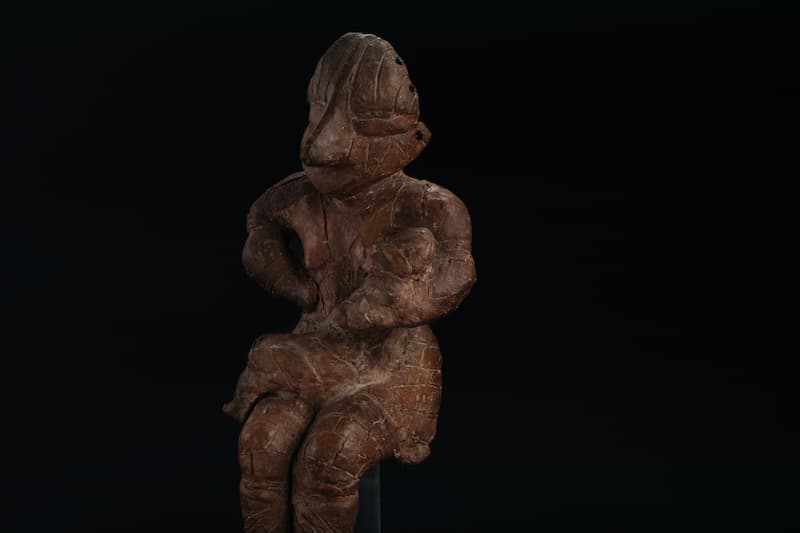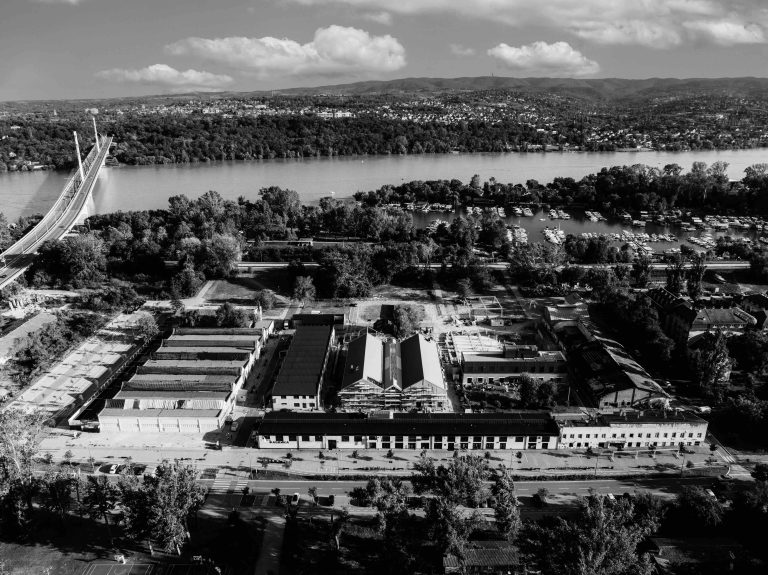The archaeological exhibition entitled ‘A Neolithic Night’s Dream’, which will feature the rich archaeological heritage of our country bearing witness to the life of people during the Neolithic period, will be opened on 15 July in the Museum of Vojvodina. The authors of the exhibition are Lidija Balj, MSc, and Andrej Starović, and this project within the European Capital of Culture ‘Fortress of Peace’ programme arch focuses on the culture of peace and togetherness. It was this exhibition that prompted us to go back in time and answer the question of how civilisation developed during the Late Stone Age.
Neolithic Era in The Region
The Neolithic or Late Stone Age is the period between the Mesolithic and the Bronze Age, and its duration varies from place to place. In South-eastern Europe it is a period of about 4,000 years (7,000 – 3,000 BC), but in the central Balkans, the Neolithic began around 5,500 years BC. It is considered a peaceful period, without major conflicts. It is characterised by the development of agriculture and the cultivation of grain, the domestication of plants and animals and the transition from a nomadic to a farming lifestyle, in permanent communities, as well as the beginning of the use of ceramics. All of this completely changed the previous way of life and established the foundations of modern life. The most famous Neolithic cultures in the area of the central Balkans are Starčevo (6,200 – 5,300 years BC) and Vinča (5,300 – 4,200 years B

Archaeological research has proven that organised human life in the form of settlements in the area of today’s Novi Sad existed continuously from the time of the oldest prehistoric populations to the modern era. The reason for the constant settlement of this area lies in the close proximity of water and natural resources for the construction of settlements and nutrition, as well as the economic and defensive importance of the Danube. The Danube has always been a great communication route and moving along its banks, migrants came and mixed with the natives or pushed them to other parts of the Pannonian plain. Archaeological findings prove that this area has been continuously inhabited since the Neolithic and the oldest agricultural cultures, during the Copper, Bronze, and Iron Age, the time of Roman domination, during the Barbarian invasions in the late Antiquity and the early Middle Ages, during the Great Migration, and until modern times.

On the Trail of the First Settlements
The territory of today’s Novi Sad used to be a predominantly marshy alluvial plain, with swampy forests and an abundance of water, and on certain dry parts – riverbanks and islands – settlements were formed as early as the Late Stone Age and the early Neolithic period (6th millennium BC). On the other side of the Danube, on the Petrovaradin Rock, traces of Neanderthal communities date back to the Early Stone Age and the Middle Palaeolithic (60,000-35,000 BC).
Archaeological sites from the early Neolithic period were discovered in Sajlovo, and those from the late Neolithic era (5th millennium BC) were discovered in the area of the Temerin Interchange, Sajlovo, and the Petrovaradin Fortress. These localities were continuously populated during later periods as well. The period of the Copper Age was characterised by the spread of the Indo-European population from the Russian steppes to the area of Pannonia and South-eastern Europe. During the Bronze Age (at the end of the 3rd and during the 2nd millennium BC), the migration of the Indo-European population to these areas intensified, and their life in the area of today’s Novi Sad is documented through discoveries from Matica Srpska Street, Mihajlo Pupin Boulevard, National Heroes’ Street, Temerin Interchange, Sajlovo, Klisa, and Slana Bara. The Late Iron Age (the so-called Laten period) and the time of the dominance of the Celtic tribes of Skordisci are confirmed to this day by sporadic finds at Gornje Sajlovo and Petrovaradin Fortress and in the wider area of Čenej, Kać, and Kovilj. During the early Middle Ages, the era of the Great Migration and Avar domination, i.e., the Avar-Slavic alliance, from the 7th to the 9th century, organised human settlements were evidenced in Sajlovo, throughout the Novi Sad proper, but also in the city centre in Laze Telečkog Street. The medieval period from the 10th to the 15th century was marked by the arrival of the Hungarians and the dominance of their medieval state.

Material evidence of medieval culture was discovered in several locations: Petrovaradin Fortress, Temerin Interchange, Sajlovo, Jugovićevo, Klisa, Slana Bara, Telep, and the so-called Veleđijev Breg, in today’s Novo Naselje in Mileve Marić Street, in the city centre in Njegoševa Street, Pašićeva Street, in Liberty Square, Narodnih Heroja Street, Katolička Porta, Cathedral Church Gate, in the Academy of Arts courtyard in Đure Jakšića Street, on the Marija Trandafil Square, in Svetozara Miletića Street, on Theatre Square…

So far, fifty-two archaeological sites have been recorded in the city itself, and more than two hundred of them in the wider city area. Extensive archaeological research in the old centre of Novi Sad was started only in the last decade of the last century. In the winter of 1991/92, a prehistoric cemetery of cremated deceased was discovered, dating from the end of the Bronze Age and the beginning of the Iron Age (1,100-900 BC). To this day, eighteen localities were discovered in the old city core, on ’Zlatna greda’, i.e., the former Danube Ada and its immediate vicinity. The archaeological contents that were found at that time testify to the settlement of this area in prehistory, late antiquity, and the Middle Ages. Research at the Petrovaradin Fortress (2002-2004) shifted the age of the settlement of this rock to the Palaeolithic and the time of Neanderthal populations. Extensive protective archaeological research, which has been carried out in recent years in the city proper mainly due to the construction of infrastructure, brings an abundance of new dig sites and data.
Author: Ljiljana Dragosavljević Savin, MSc, Historian
Photo: Promo/ECoC







